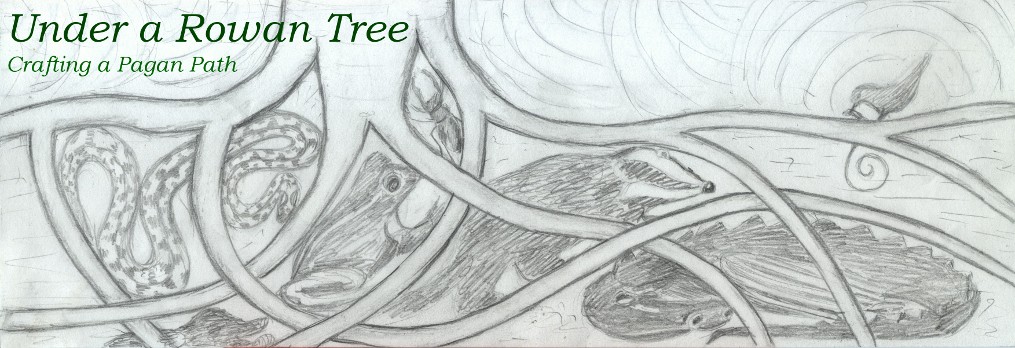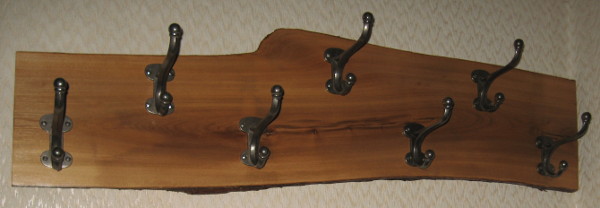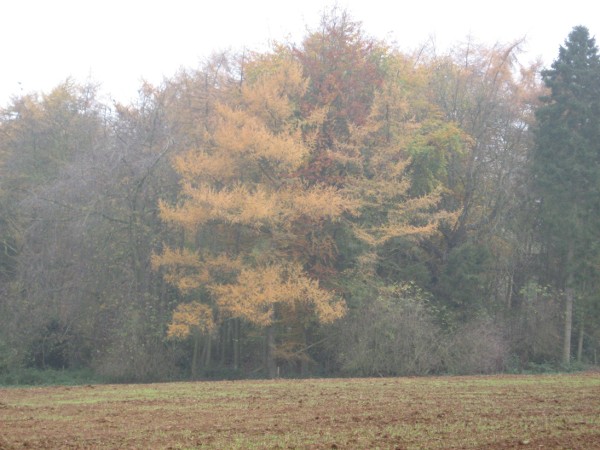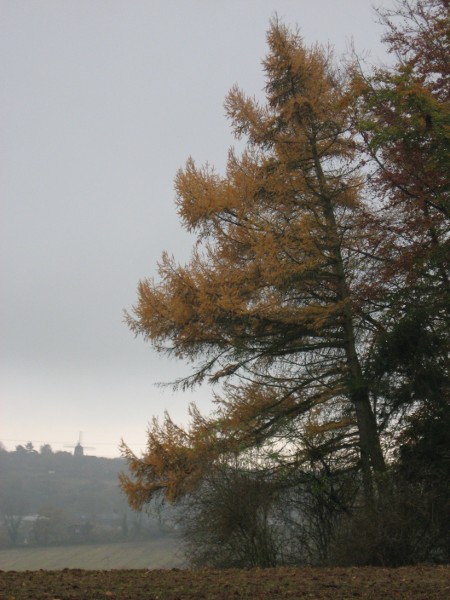I have waited a very long time to have coat hooks in our house. There were some when we moved in, but as soon as building work started they had to be removed. That was over 15 years ago. Fifteen years with nowhere to hang a coat!
Okay that isn’t strictly true. I hang my coat from one of two door handles downstairs, and leave fleece jackets in a pile. Since we bought the pushchair it has been an excellent place to drape outer layers – and that is all it has done for the past six months, M considering herself too tall or too grown up to ride in it. But certainly it has proved less than ideal when we have visitors!
Eventually I identified a place where we could put some coat hooks, behind the door in the front room. I bought hooks – I would have bought them ready mounted but that was voted down, given we usually have plenty of odd bits of timber. The timber we had proved either unsuitable or too small, and the coat hooks went into storage for several months.
Then at a local Woodland Festival in September, we managed at last to buy a piece of wood we both liked to mount the coat hooks on. That timber was then allowed to acclimatise to the house for a month before being planed and scraped and sealed.
Finally, last weekend the coat hooks were put on the wall. A simple thing, giving much pleasure. Even better, what had been behind the door for the past 15 years was all my glass – each piece wrapped in newspaper and stacked against the wall with a piece of wood across the front to protect them from the door, and sufficiently unattractive and inaccessible that M managed not to investigate – but it took me longer to find the right colours of glass than to cut it when making last week’s project! So the glass had to move for the coat hooks, and to my great delight is now stored in such a way that it can be accessed much more easily for future projects. So by solving one problem, another has also found a satisfying solution.
This story may on the surface seem to have little to do with Paganism, or with crafting, since I only did the design work and not the making. However, the wood we eventually found is Elm. This is a timber which, thanks to Dutch Elm disease in the 1970s, filled my childhood home – our dining table was a huge slab of Elm, we had bookcases of Elm, a bed carved from Elm, a meat carving board … it was part of the background to my life. This rack of coat hooks is now the first thing to be made of Elm in my own home, and moreover is used every single day. So I have a sense of completeness, of my relationship with trees forming a protective circle around me, and continuing to develop that relationship in a loving and harmonious way.



